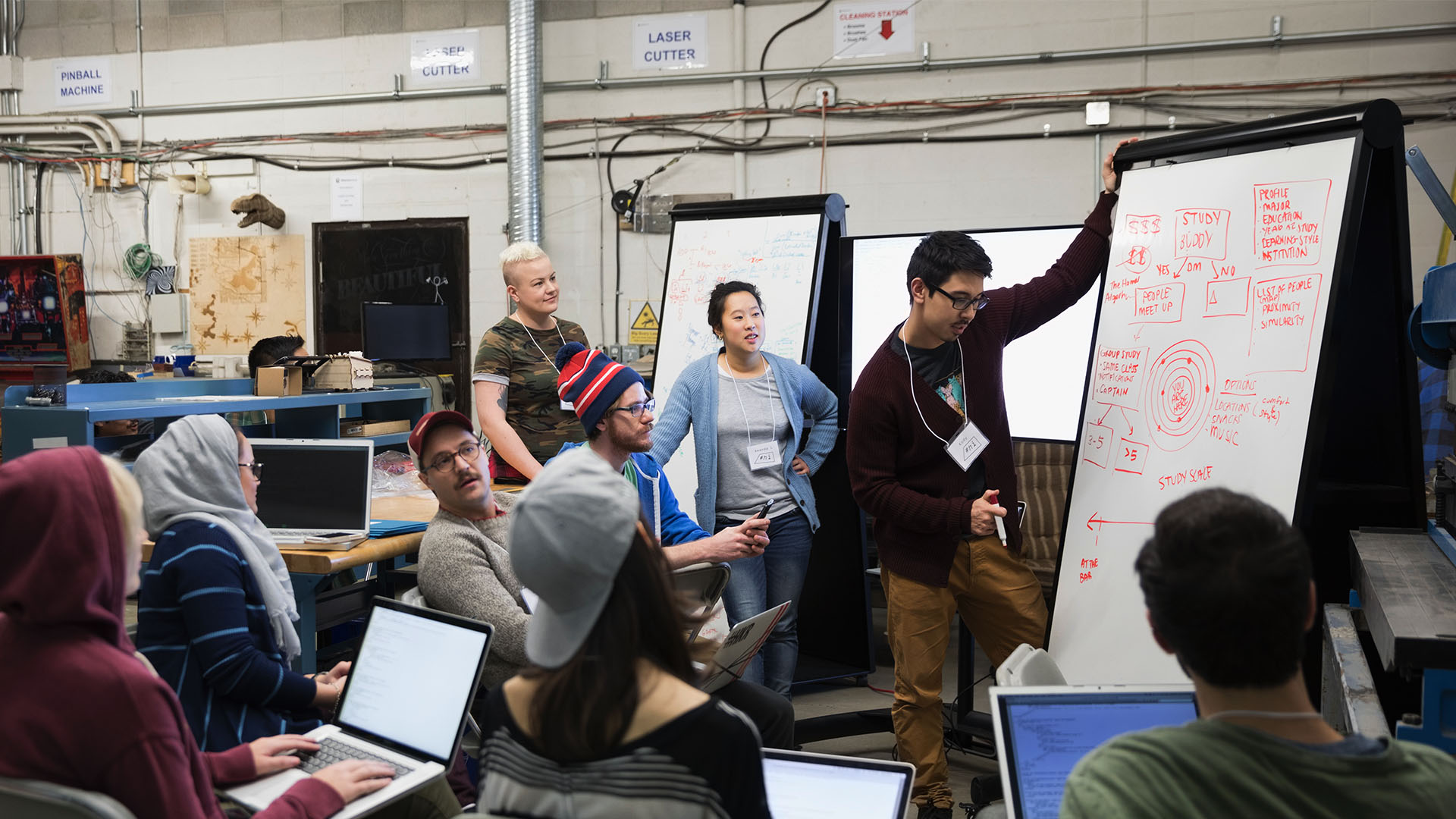Nokia co-led NextG research collaboration in the U.S. takes off

Yesterday an organization taking the lead in defining future 6G technologies took, not one, but 37 steps toward shaping 6G innovation for the next three years. The U.S. National Science Foundation’s (NSF) Resilient and Intelligent Next-Generation Systems (RINGS) announced it has awarded funding for 37 proposals from leading academic institutions for foundational research that will create a powerful Next Generation communications system in the next decade.
Nokia, along with other founding members that include some of the most recognizable companies in the tech and telecom industries, the Department of Defense (DoD) Office of the Undersecretary of Defense for Research and Engineering, and the National Institute of Standards and Technology (NIST) are program partners with NSF on RINGS. Their goal is to accelerate long-term pre-competitive research with universities in areas that have the potential for significant impact on emerging Next Generation (NextG) wireless and mobile communication, networking, sensing, and computing systems.
The 37 grants were awarded to a broad range of academic institutions across the U.S. and covered a wide range of research. For instance, MIT will focus on a key enabler for the automated factory of the future (FoF), and their research pillars include situation awareness via network localization and networked decision making via reinforcement learning.
In another example, the University of Texas at Austin is researching a novel, scalable, and high-performing approach to channel estimation and beam alignment for UHD communication systems using deep generative models (DGMs).
There isn’t enough space to cover all 37 projects in this blog post, but needless to say, every single one of them is important to the mission of RINGS and will help shape the direction of 6G in the next decade. You can see the complete list of awards and research projects here. An active visual view of the selected proposals can be seen on this map.
It was great to see that many of the selected proposals align with our six key technologies for 6G, as depicted in the image below. For example, precise positioning for factory automation through sensor fusion is one of the research areas that we envision as part of “network as a sensor” technology, and we see disruptive mobile network architectures research leading to “cognitive, automated and specialized architectures” technology.

The RINGS program launched in April 2021 when the partner companies joined forces with NSF, NIST, and DoD to combine industry and government funding to research novel technologies for NextG systems. As the first multilateral partnership-driven academic-funded program for NSF, it was important to make sure RINGS was a joint effort since everything from the mode of operation to the project selection definition process was new. In addition to establishing contracts between the funding partners and NSF in the first quarter of 2021, two informal workgroups (WGs) were created to help organize RINGS. The Partners WG, led jointly by Swaminathan Arunachalam (Nokia), Chris Ramming (VMWare), and Alexander Sprintson (NSF), serves as a forum to coordinate partner engagements with the RINGS program and support its management team to create a collaborative environment with the PIs of the funded projects. The Technical WG was established to provide direction for RINGS to help improve the quality and relevance of research to U.S. industry. Both WGs have been instrumental, from soliciting research proposals to advising the selection of proposals for funding. Nokia is proud to be an active partner, providing input into research areas through active participation in the Technical WG and driving consensus among partners by co-leading the Partners WG. Nokia has also helped drive the strategic direction of RINGS from the very beginning by initiating multi-vendor collaborations, creating the WGs, defining operating models, and more.
NSF released the solicitation for the RINGS program almost one year ago, on April 28, 2021, and received more than 200 proposals. After several rounds of reviews, which included recommendations from the partners, NSF completed its proposal selection process with 37 proposals receiving approximately $1M in grant value each. The recipients will start their three-year foundational research projects on May 1, 2022, and the official RINGS community-wide project kickoff is expected this quarter.
We want to congratulate the PIs of the selected proposals and look forward to their active engagement with Nokia Bell Labs. As an institution leading fundamental research on a diverse set of topics, Nokia Bell Labs can offer insights on industry challenges, relevant data sets, testing capabilities, and new research directions for the PIs.
Through academic partnerships, we can accelerate foundational research and attain 6G technology leadership for the U.S. via hands-on, collaborative 6G research.
Interested in learning more about our 6G research and 6G vision. Check out our 6G page.
